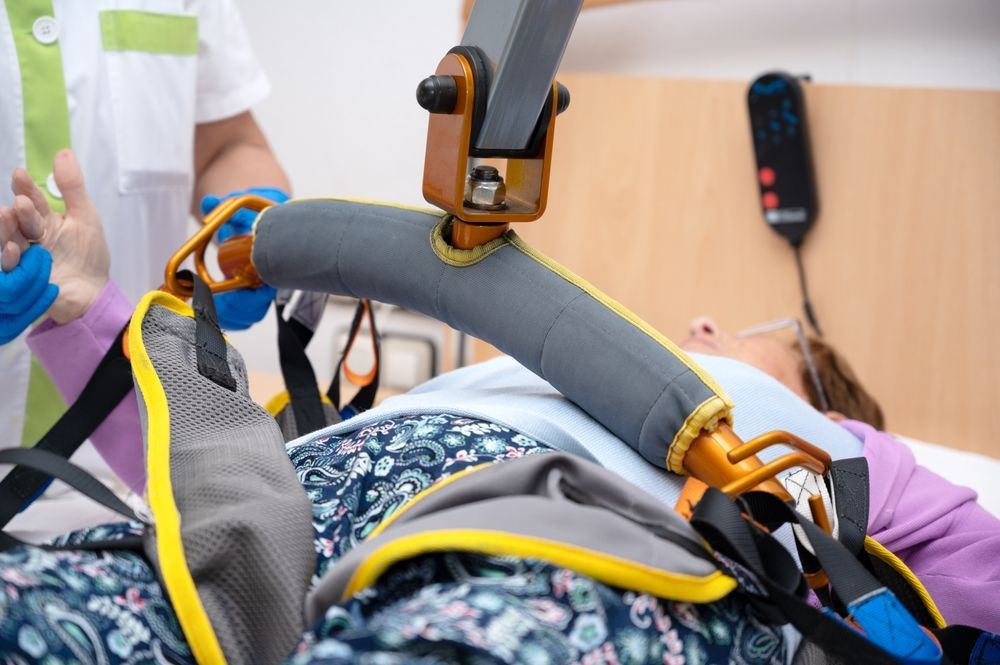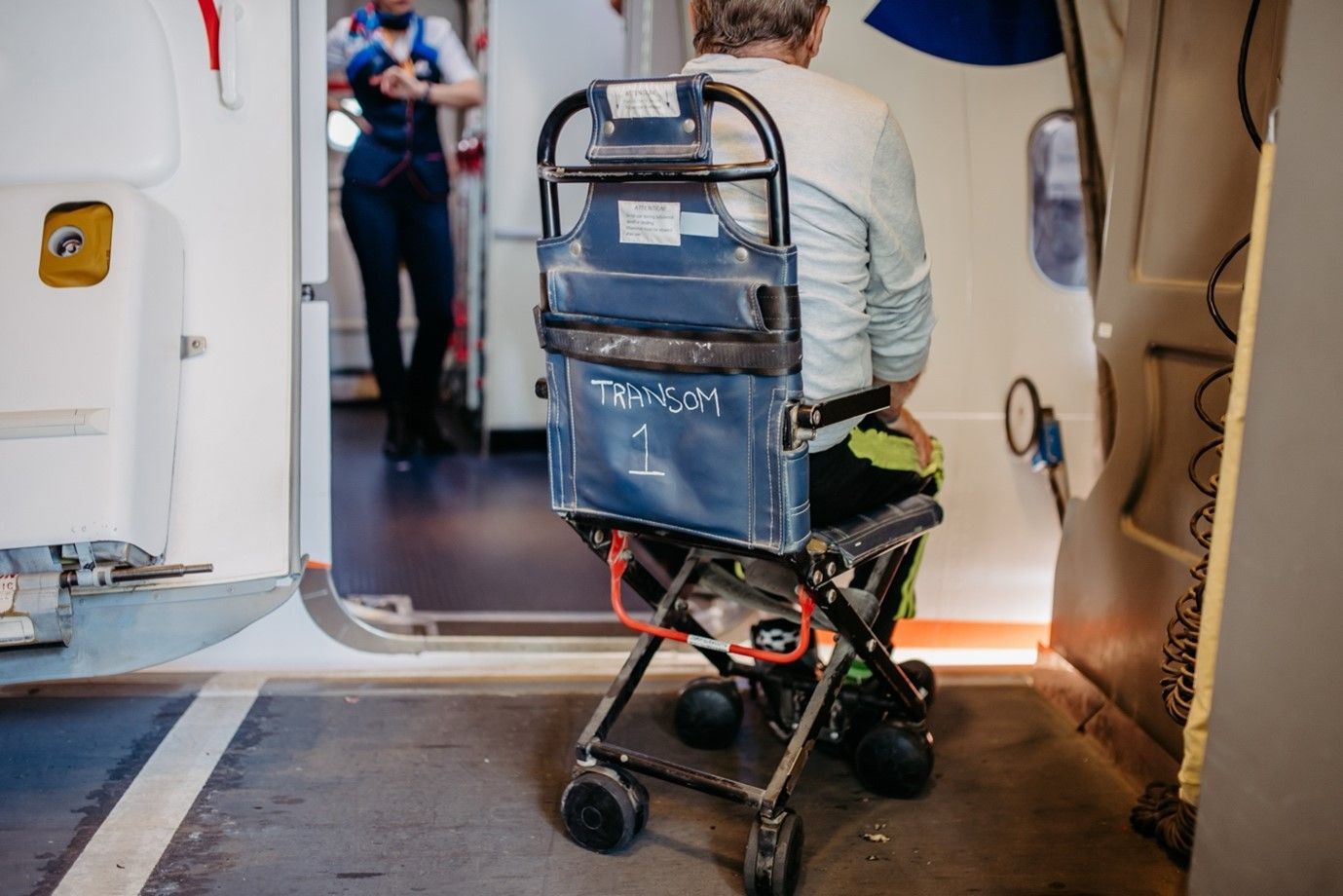How to Clinically Justify Having a Moving and Handling Practitioner in the MDT
A Practical Guide with Legislation, Standards and Evidence
In complex care, moving and handling is not just a practical skill — it is a clinical risk area that underpins safety, dignity, and quality of life. Yet too often, the role of a specialist moving and handling practitioner is overlooked when building a multidisciplinary team (MDT).
This guide explains how to clearly justify the need for a dedicated moving and handling practitioner in your client’s care — supported by legislation, national guidance, and best practice standards.
Why Moving and Handling Needs Specialist Oversight
Moving and handling is consistently identified as a high-risk area in health and social care:
- It is the leading cause of musculoskeletal injuries among care staff (HSE Statistics).
- Poor moving and handling practice is a known contributor to pressure injuries, falls, fractures and safeguarding concerns (NICE Pressure Ulcers: Prevention and Management).
- It directly impacts CQC’s Key Lines of Enquiry (KLOEs) around safety, effectiveness and responsiveness.
A specialist practitioner ensures these risks are proactively managed through:
- Comprehensive risk assessments
- Bespoke, realistic care plans
- Ongoing staff competency checks
- Practical problem-solving for complex environments
- Collaboration with OTs, physiotherapists and case managers to translate clinical goals into daily, safe practice
Relevant Legislation and Professional Guidance
When justifying this role, refer directly to the following:
- Health and Safety at Work etc. Act 1974 Employers have a legal duty to protect staff from risks, including moving and handling injuries. (HSE HSWA Overview)
- Manual Handling Operations Regulations 1992 (MHOR) Employers must avoid hazardous manual handling so far as reasonably practicable, assess unavoidable risks and reduce them. (HSE MHOR Guidance)
- Lifting Operations and Lifting Equipment Regulations 1998 (LOLER) Hoists, slings and similar equipment must be properly selected, maintained, and used by trained staff. (HSE LOLER Guidance)
- Care Quality Commission (CQC) Regulations Safe care and treatment (Regulation 12) requires providers to assess risks to health and safety and mitigate them. CQC inspection frameworks often flag poor moving and handling practice as a safety breach. (CQC Regulations)
- NICE Guidelines. NICE guidelines on pressure ulcer prevention (NG89) and home care for older people (NG21) explicitly highlight the importance of safe repositioning and handling to maintain skin integrity and wellbeing.
When a Practitioner is Justified: Practical Examples
When writing a clinical rationale or funding justification, link directly to how moving and handling supports wider MDT goals:
- Postural management and tone — e.g., children with cerebral palsy or adults with neurodegenerative conditions benefit from safe repositioning to prevent contractures, scoliosis and skin breakdown.
- Rehabilitation goals — physiotherapy or OT plans rely on safe practice; without skilled moving and handling, clients may not participate fully due to pain, fear or injury.
- Complex environments — small homes, stairs or awkward layouts require specialist environmental planning to ensure staff can follow safe techniques and LOLER compliance.
- High staff turnover or multiple carers — consistent training and competency checks prevent inconsistent practice and avoid incidents, especially with agency staff.
- Safeguarding and risk reduction — where there have been previous incidents or complaints, a practitioner’s assessment helps evidence proactive risk management.
- Person-centred outcomes
— for clients wishing to access community activities, travel or holidays, a practitioner designs practical, safe ways to enable these goals without compromising safety.
Key Justification Phrases for Reports or Funding Requests
“Due to the complexity of [client’s] presentation, safe moving and handling underpins every aspect of care, including therapy engagement, pressure care, and safe evacuation. A specialist practitioner is required to assess risk, develop individualised strategies, train staff, and review practice regularly to ensure compliance with Health and Safety legislation and CQC regulations.”
“To meet statutory duties under the Health and Safety at Work Act and Manual Handling Operations Regulations, a dedicated moving and handling practitioner is clinically indicated to ensure risks are adequately managed and staff remain competent, especially given high turnover and agency use.”
“Safe moving and handling is essential to enable [client’s] rehabilitation and participation in meaningful activities while minimising the risk of carer injury and client harm.”
Summary: Best Practice is Multi-Disciplinary
Having a moving and handling practitioner in the MDT:
- Fulfils statutory duties
- Supports CQC compliance
- Reduces staff injury rates
- Protects the client’s safety and dignity
- Bridges the gap between therapeutic recommendations and practical daily care
- Ensures care is proactive, flexible and person-centred
Need help writing a clinical justification or supporting a funding request?
We are always happy to provide supporting evidence, risk summaries, or input for MDT reports — so you can focus on what you do best, knowing that moving and handling is covered expertly and compliantly.
Let’s keep your clients safe — and your teams protected
We're here to help you - get in touch.
Useful Links for Reference:
- HSE Moving and Handling Guidance
- HSE LOLER Information
- NICE Pressure Ulcer Guidance NG89
- CQC Regulation 12
- Health and Safety at Work Act Summary

If you feel colleagues would benefit from reading this blog please share with them by clicking any of the sharing options below. It would be very much appreciated. Thank you.
We’d love to speak to you about certified healthcare training solutions for you or your team. Get in touch to discuss how we can help you.
Stay in the know with SupportiveAction Spotlight
Get expert insights, practical tips and early access to upcoming training and development courses straight to your inbox. Subscribe to our mailing list today!




